Blog Article
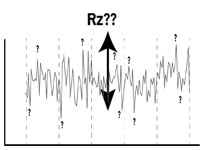
When Rz isn’t Rz
March 9, 2022Rz is always Rz…isn’t it? Usually, but not necessarily. Rz, the average maximum surface height, is one of the most widely used surface texture parameters. It’s calculated by finding the maximum
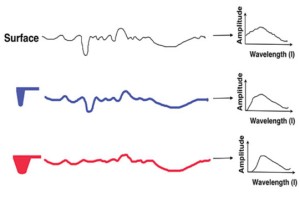
Quality 101: Texture Measurements – Quality Magazine
March 7, 2022…Modern metrology instruments, methods and surface texture parameters have made it possible to describe, in great detail, the functionally important features of a surface’s texture. A key aspect of surface
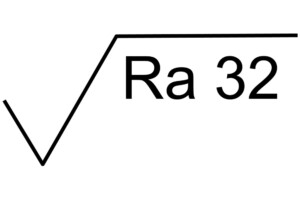
Average Roughness basics
January 23, 2021How do I measure Ra 32? or 32 Ra? or 32? Download this article as a PDF Average roughness (Ra) is the tip of the deep and complex world of
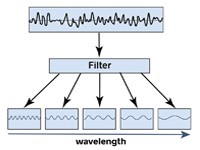
Multiscale surface texture analysis in action
December 20, 2020Paint appearance is critical to the perception of quality, particularly in consumer goods such as automobiles. We’ve written frequently in this blog about surface texture consisting of a spectrum of
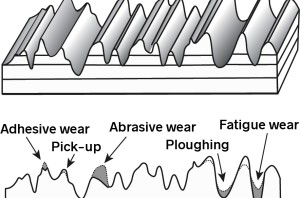
When wear looks like filtering (and vice versa)
November 19, 2020Wear between two surfaces in contact can take the form of mechanisms such as ploughing, abrasion, adhesion, fatigue, etc. The initial phase of a component’s life will involve some period
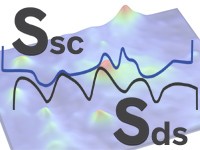
Using Ssc and Sds to understand how surfaces interact and wear
October 18, 2020When surfaces move against each in contact, we need to understand how the surfaces interact, how much friction is involved, and how they will wear in response to the contact.
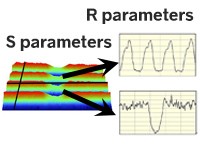
Making the change from R Parameters to S Parameters
September 17, 2020We are commonly asked to clarify the differences between R and S surface roughness parameters. This often comes up when someone begins working with a new instrument, part or process
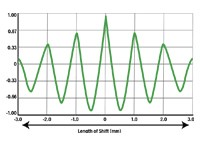
Parameters Primer: ACF (Autocorrelation Function)
August 16, 2020The autocorrelation function (ACF) is a measure of how random or periodic a surface is. ACF is found by creating a duplicate of the surface, then shifting the duplicate relative
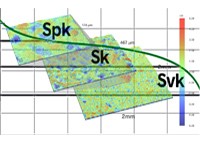
Analyzing steel clutch reaction plates
July 15, 2020Applying the Material Ratio parameters — case study In our post of a few weeks ago we discussed the Stylus (X,Y) parameters, which are derived from the 2D Bearing Ratio
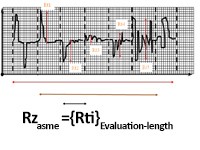
Surface texture measurement – Ra, Rz, Rmax, Rz1max, Maximum Height
June 22, 2020This article discusses several key surface texture measurement parameters: average roughness (Ra), average maximum surface height (Rz), maximum of all per-sampling-length peak-to-valley heights (RMax), and the Maximum Height (Rz1max). We
